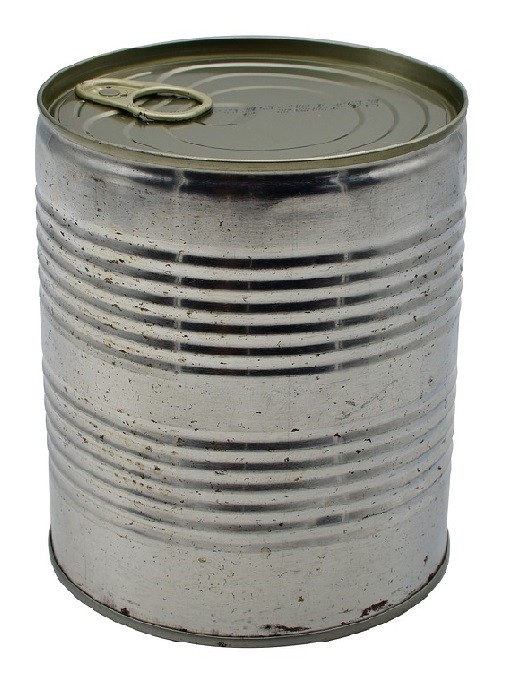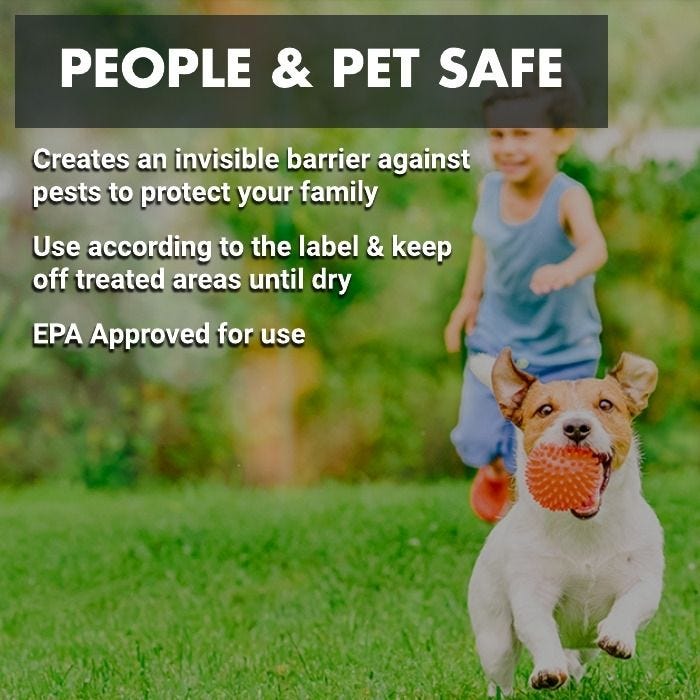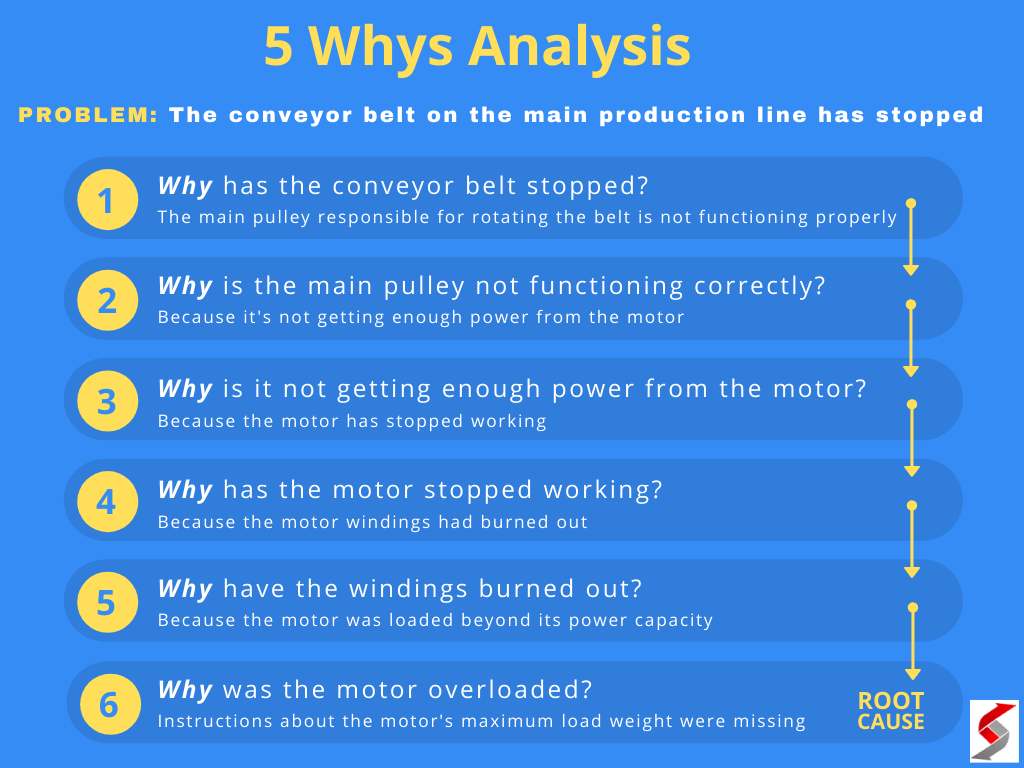Proven Methods to Remove Automotive Grease from Clothes: Step-by-Step Solutions and Expert Tips
Introduction
Automotive grease is notorious for leaving stubborn stains on clothing, whether from a quick oil check or a full day in the garage. Successfully removing these stains can be challenging, especially if they set into the fabric. However, with the right materials, prompt action, and proven techniques, you can restore your garments to a clean, wearable state. This guide provides a comprehensive overview of practical methods, step-by-step instructions, real-world examples, and alternative solutions for tackling automotive grease stains on a wide range of fabrics.
Understanding Automotive Grease Stains
Automotive grease is a thick, oil-based substance designed to lubricate and protect metal parts. Its oily nature allows it to seep deeply into fabrics, making removal difficult if not addressed promptly. Unlike water-based stains, grease requires an approach that breaks down and lifts the oil from textile fibers without spreading or setting the stain further. Acting quickly is crucial, as heat or prolonged exposure can cause permanent discoloration or fabric damage.

Source: pixelcut.ai
Immediate Actions: First Steps After a Grease Spill
As soon as automotive grease contacts your clothing, take the following steps to prevent the stain from setting:
- Blot-Don’t Rub: Use a paper towel or a clean cloth to gently blot up any excess grease. Rubbing can drive the grease deeper into the material and spread the stain. For thicker deposits, a dull knife or spoon can help gently scrape off surface residue.
- Barrier Protection: Place a piece of cardboard, old towel, or paper towel behind the stained area. This prevents the grease from transferring to other layers of fabric or surfaces during treatment [1] .
Quick intervention at this stage makes the subsequent cleaning steps significantly more effective and minimizes the risk of permanent staining.
Step-by-Step Guide: Standard Method with Dishwashing Detergent
One of the most reliable and accessible solutions for removing automotive grease from clothing is liquid dishwashing detergent . Formulated specifically to cut through grease, these products are safe for most fabrics and widely available. Follow these steps:
- Pretreat the Stain: Apply a small amount of liquid dish soap directly onto the grease spot. Gently work it into the fabric with your fingers or a soft-bristled brush, ensuring the detergent penetrates the fibers [1] .
- Let It Soak: Allow the detergent to sit on the stain for about 10-15 minutes. This gives the soap time to emulsify and loosen the grease.
- Rinse Thoroughly: Rinse the treated area with warm water. Remove as much detergent and grease residue as possible before proceeding to washing.
-
Machine Wash:
Wash the garment with the
warmest water temperature
safe for the fabric, as indicated on the care label. Warm water helps further break down remaining oils. - Line Dry Only: After washing, air dry the garment. Avoid using a dryer, as heat can set any remaining grease stain permanently [1] .
This method is effective for most cottons, synthetics, and blends. Repeat the process as needed for persistent stains.
Alternative Solutions: Baking Soda, Cornstarch, and Aloe Vera
For especially tough or older stains, or if you lack dish soap, several household products can serve as effective alternatives:
Baking Soda
Baking soda is a powerful absorbent that can help pull grease from fabric:
- After blotting up excess grease, generously sprinkle baking soda over the stain and let it sit for at least 24 hours.
- Brush off the powder, spray lightly with water, and scrub with dishwashing liquid before rinsing. Wash as directed and line dry [4] .
This approach also works for food oils and is safe for most washable fabrics.
Cornstarch
Cornstarch, like baking soda, acts as an absorbent and is especially useful for fresh stains:
- Lay the garment flat, pour a small amount of cornstarch onto the grease spot, and let it set for 15-60 minutes.
- Brush off the cornstarch with a damp sponge or toothbrush, then wash the garment as usual in cold water [3] [5] .
This method is gentle and can be repeated for persistent stains.
Aloe Vera Gel
Some mechanics and laundry experts recommend aloe vera gel for older or set-in stains:
- Soak the stained garment in hot water for 15 minutes.
- Remove and gently scrub aloe vera gel onto the affected area in a circular motion.
- Wash in warm water and air dry [5] .
While less common, aloe vera is a gentle option for delicate fabrics and may be especially effective when combined with other treatments.
Specialized Stain Removers and Mechanic’s Soap
For those who regularly deal with automotive grease, investing in a specialized stain remover or mechanic’s soap can make a significant difference. Mechanic’s soaps are designed to dissolve petroleum-based greases and are often formulated to be safe for both skin and fabric. When using these products:
- Apply directly to the stain following the product’s instructions.
- Allow the product to sit for 15-30 minutes before washing the garment separately to avoid odor transfer.
- Always test on a small, inconspicuous area first to ensure fabric compatibility [5] .
Popular brands and formulations can often be found at automotive supply stores or online. Always read labels and use as directed for best results.
Fabric-Specific Considerations and Challenges
Different fabrics may require tailored approaches to grease removal:
- Denim and Heavy Cotton: Tolerate more vigorous scrubbing and hotter water. Multiple treatments may be needed for ingrained grease.
- Synthetics (Polyester, Nylon): Typically respond well to detergent and baking soda but may be sensitive to heat. Always follow garment care instructions.
- Delicates (Silk, Wool): Require gentle blotting and mild products. Avoid hot water and harsh chemicals. Consider professional dry cleaning for valuable or fragile items.
Always read and follow the care label on your garment before beginning treatment. Test any cleaning agent on a hidden section first to prevent damage or discoloration.

Source: remove.bg
Preventing Permanent Stains: What Not to Do
To avoid setting grease stains permanently, observe these rules:
- Never use a dryer until you are certain the stain is gone. Heat can lock in grease, making removal nearly impossible.
- Don’t oversaturate with water before blotting excess grease, as this may cause the stain to spread.
- Avoid using bleach on grease stains, as it can react with oil and worsen discoloration or weaken fibers.
If the stain persists after one treatment, repeat the steps or try an alternative method before resorting to professional cleaning services.
When to Seek Professional Help
If multiple home treatments fail, or if the garment is particularly valuable or delicate, professional dry cleaning may be necessary. Professional cleaners have access to enzyme-based solvents and industrial-grade equipment for stubborn stains. When contacting a cleaner, describe the type of grease and any at-home treatments already attempted to ensure the best possible outcome.
Summary and Key Takeaways
Removing automotive grease from clothes is achievable with the right approach, prompt action, and a bit of patience. Whether you choose dishwashing detergent, baking soda, cornstarch, or a specialty product, the key is to act quickly, follow fabric care guidelines, and avoid heat until the stain is fully removed. Always read care labels, test cleaning methods in discreet areas, and repeat treatments as necessary for best results. For persistent stains, consider professional cleaning for a final solution. With these methods, you can extend the life of your clothing and keep your wardrobe looking its best-no matter how hands-on your automotive work gets.
References
- [1] Whirlpool (2022). How to Get Oil & Grease Out of Clothes – Step-by-Step Guide.
- [2] YouTube (2020). Easily Remove Oil & Grease From Fabric.
- [3] Alsco Uniforms (2022). How to Get Motor Oil Out of Clothes | 7 Strategies.
- [4] Maytag (2025). How to Get Grease Stains Out of Clothes.
- [5] Red Kap (2022). How to Get Motor Oil and Grease Stains Out of Clothes.
MORE FROM gowithdeal.com













